The Evolution of the Aussie Family Bathroom: Comparing 1950s and 2020’s
The family bathroom has long been a central space in Australian homes, evolving significantly over the decades to meet changing needs, design trends, and technological advancements. In this blog post, we will explore the transformation of family bathrooms in Australia, comparing the characteristics of the 1950s with the modern landscape of 2023. From design aesthetics and functionality to fixtures and features, let's delve into the journey of family bathrooms through time.
1. Design and Layout
1950s: Family bathrooms in the 1950s were often compact and utilitarian. They typically featured a simple layout with a shallow bathtub, sink, shower, and toilet. Design aesthetics were minimalistic, focusing on functionality rather than visual appeal. Colours tended to be soft pastels or neutral shades.

2023: Modern family bathrooms are characterised by spaciousness and attention to aesthetics. Open floor plans, separate shower enclosures, and double vanities have become common features. Design trends lean towards sleek lines, minimalism, and a blend of natural materials with contemporary finishes. The colour palette varies from crisp whites and greys to bold hues or earthy tones.

2. Fixtures and Features
1950s: Bathrooms in the 1950s featured basic fixtures made from materials like porcelain or ceramic. Freestanding bathtubs with claw feet were popular, and sinks were typically pedestal or wall mounted. Toilets were gravity-fed and often had separate cisterns mounted on the wall. Lighting was functional, with single overhead fixtures.
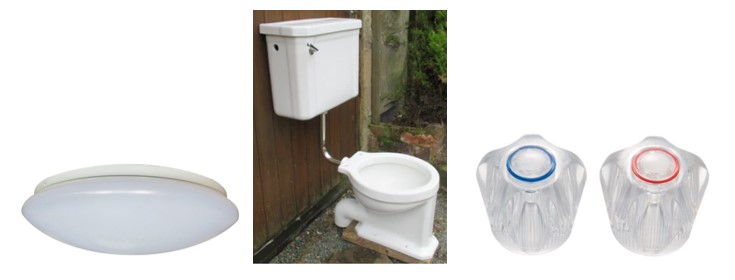
2023: Modern family bathrooms boast an array of fixtures designed for comfort, convenience, and water efficiency. Built-in bathtubs or standalone soaking tubs are common, often complemented by contemporary faucets and fixtures. Sinks come in various styles, from vessel sinks to undermount or countertop basins. Dual-flush toilets, energy-efficient LED downlights, and integrated storage solutions are standard.
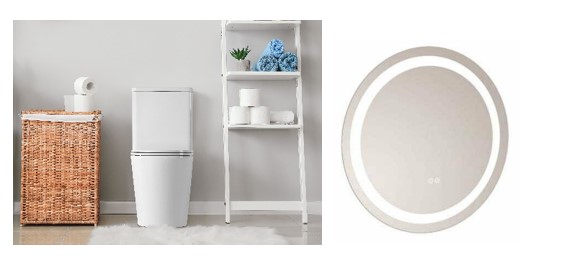
3. Technology and Innovations
1950s: In the 1950s, technology in bathrooms was limited. Hot water was typically supplied by a gas or electric heater and it wasn’t limited for safety. Electric shavers and hairdryers started to gain popularity, but their use was still limited. Bathrooms relied mainly on manual processes and traditional cleaning methods.
2023: The modern family bathroom has embraced technology and innovation. Digital showers with temperature control, touchscreen interfaces, and personalized settings are becoming more common. Smart mirrors with built-in lighting, demisters, and integrated Bluetooth speakers provide additional functionality. Energy-efficient water heaters, automated faucets, and smart toilets with bidet functions have also emerged.
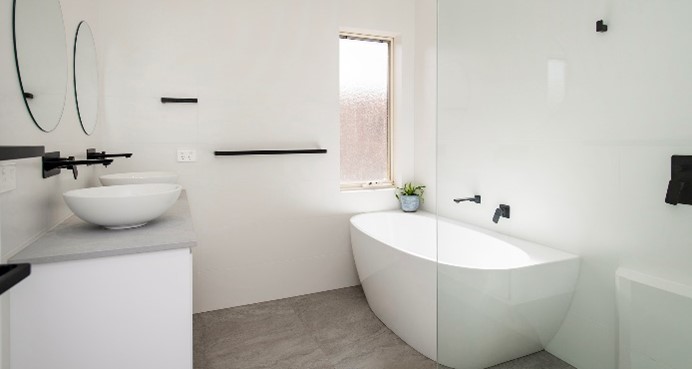
4. Storage and Organization
1950s: Storage options in 1950s family bathrooms were often limited to basic cabinetry or a standalone medicine cabinet. Towel bars and hooks were used to hang towels and robes. Space optimization was not a primary consideration, leading to potential clutter.
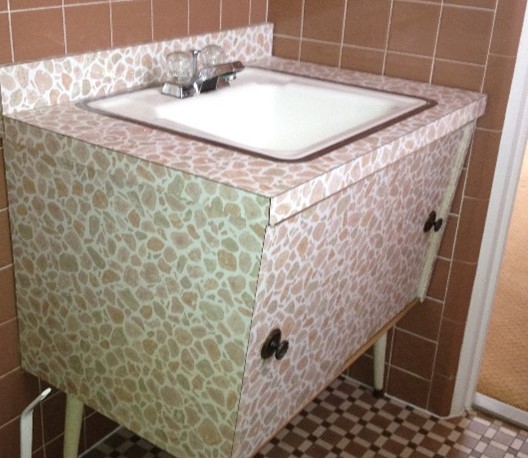
2023: Contemporary family bathrooms prioritize storage and organization. Built-in cabinetry, floating vanities, and recessed shelves offer ample storage space for toiletries, linens, and cleaning supplies. Towel warmers, robe hooks, and dedicated niches for shower essentials enhance functionality and keep the space tidy.
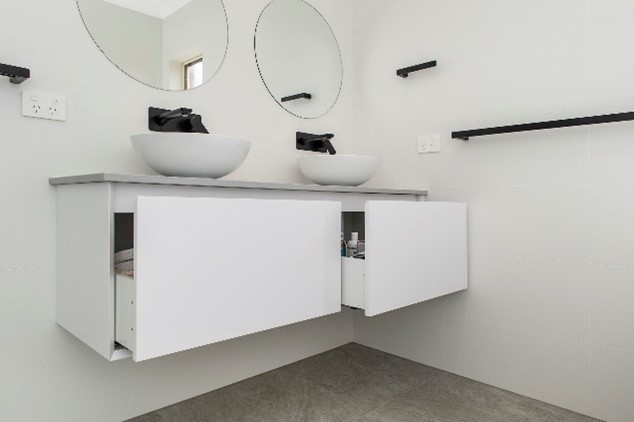
5. Accessibility and Universal Design
1950s: Accessibility considerations were not prevalent in 1950s family bathrooms. The design primarily catered to able-bodied individuals, with limited provisions for mobility aids or aging in place.
2023: Modern family bathrooms often incorporate universal design principles to accommodate people of all ages and abilities. Barrier-free showers, grab bars, adjustable-height vanities, and non-slip flooring are common features. Adequate space is provided to ensure maneuverability for wheelchair users or those with mobility challenges.
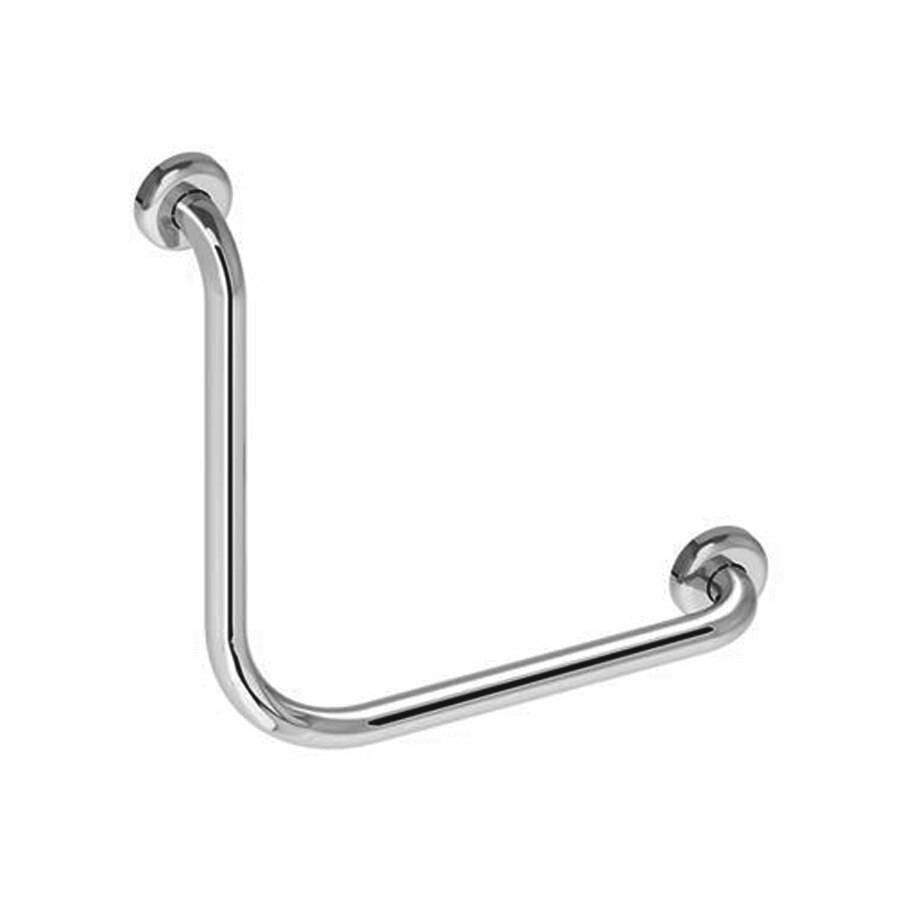
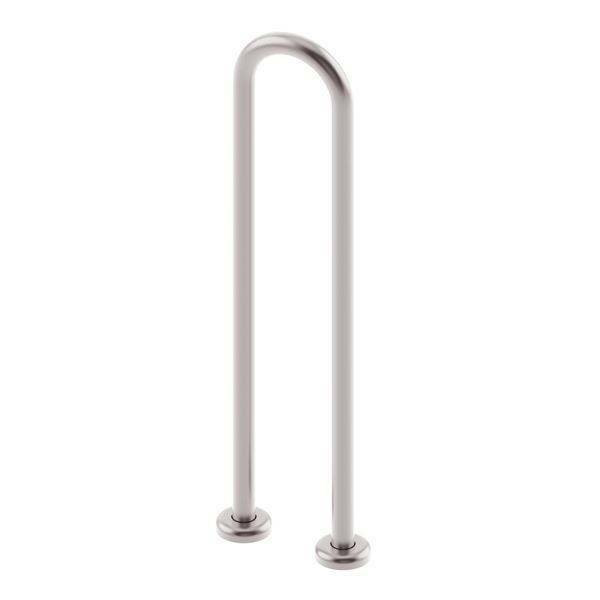
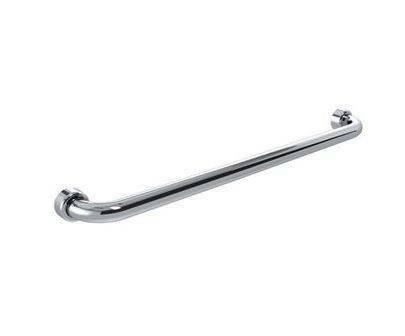
6. Sustainability and Water Efficiency
1950s: Water conservation was not a significant concern in the 1950s, and water usage in bathrooms was often higher than in modern times. Toilets, faucets, and showers were less water-efficient, resulting in wastage.
To give and idea on just how far we have come. Here’s some average water usage facts about Aussie homes 1950’s v 2023.
2023: With a focus on sustainability, modern family bathrooms prioritize water efficiency. Dual-flush toilets, low-flow faucets, and aerated showerheads help reduce water consumption. Water-saving technologies and eco-friendly materials are integrated into fixtures, fittings, and construction practices.
| 1950’s | 2023 | |
| Toilet water usage | All toilets back then were single flush, and used on average 12 litres per minute. | Today, our Valletta Rimless & Tornado Hygienic Glaze Toilet uses 3.3 litres per minute. |
| Shower water usage | Shower heads would have all been the same and used on average 22 litres per minutes. | Today, our Jade Black Hand Shower Holder Set uses, just 6. |
| E.g. If you
took a shower in 1950 for two minutes, you would have used some 16,000L of
water over a year.
Today in 2023, your two-minute shower is about 4000L of water over a year. |
||
The transformation of family bathrooms in Australia from the 1950s to 2023 is a testament to changing societal needs, the environment, design trends, and technological advancements. While the 1950s bathrooms emphasised functionality and simplicity, modern family bathrooms embrace spaciousness, aesthetics, and a host of innovative features. The integration of technology, sustainability, accessibility, and enhanced storage options has revolutionized the way we experience and utilize our bathrooms today. By understanding the evolution of family bathrooms, we gain a deeper appreciation for the progress made in creating comfortable, functional, and stylish spaces that cater to the diverse needs of Australian households in the 21st century.
Recent Posts
-
Upgrade Your Space with the Perfect Fit Series – New from The Sink Warehous
Your kitchen is more than just a space—it’s the heart of your home. Whether you're …14th Apr 2025 -
Mastering DIY: The Sink Warehouse's Flat-Pack Cabinet Assembly & Installation Guides
Ready to upgrade your kitchen, laundry, or bathroom with DIY flat-pack cabinets? The Sink Wareh …14th Apr 2025 -
Built to Last: Häfele Hardware with a Lifetime Warranty
When you're investing in a new kitchen, laundry, or cabinetry upgrade, you want more than just …14th Apr 2025




